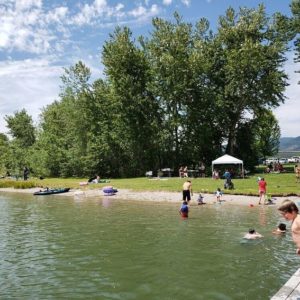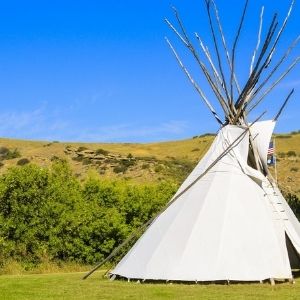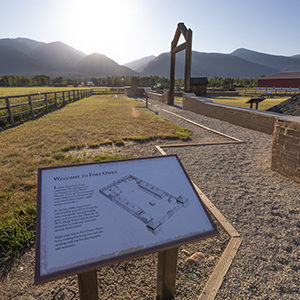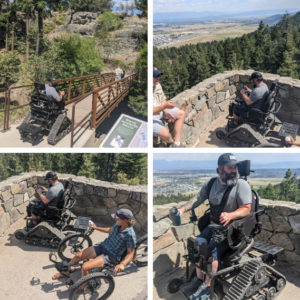Show your support for adding 26 acres to the Missouri Headwaters State Park!
The Montana State Parks and Recreation Board will soon vote on whether to accept our donation of 26 acres to the Missouri Headwaters State Park. They value public input and have opened up the opportunity for comments. We kindly request your support in advocating for the expansion. Making a comment is a powerful means of influencing Montana's decision-makers and ensuring that your voice is heard. Rest assured, it's a straightforward process that can truly make a difference!
Important Dates
February 22, 2024: Parks board public comment deadline
February 26, 2024: Parks board meeting
Instructions
Visit https://fwp.mt.gov/aboutfwp/public-comment-opportunities to submit your comments.
Pro tip: Draft your comments in a word document to copy and paste into the submission platform.
Talking Points
We encourage you to speak authentically and offer a personalized comment. However, if you would like assistance with talking points pertaining to the proposed new park area, please refer to the information below.
Preserve the rich cultural resources and safeguard the captivating history of Southwest Montana.
The Missouri Headwaters has held profound significance for Indigenous peoples and served as a crucial meeting point for traders and settlers. Lewis and Clark's visit in 1805 marked a pivotal moment, weaving the park into a tapestry of history. Across the ages, it has witnessed diverse narratives - pre-contact Indigenous campsites, the Corps of Discovery, fur traders, Indigenous bison hunting and trade, prospecting, treaty-making, Jesuit missionary endeavors, and agricultural settlement. Today, both Indigenous and non-Indigenous communities recognize its enduring cultural importance. Designated as a National Historic Landmark in 1966, it also served as Montana's Bicentennial site in 1976.
Revitalize riparian and upland ecosystems to safeguard precious habitats.
The meeting point of the Gallatin, Madison, and Jefferson Rivers at Missouri Headwaters State Park forms a captivating blend of riparian areas and sagebrush grasslands. This remarkable location, recognized as an Important Birding Area (IBA) by the National Audubon Society, serves as a haven for countless migratory waterfowl, shorebirds, and majestic raptors, including bald and golden eagles. The park also nurtures a diverse range of wildlife, encompassing white-tailed deer, mule deer, elk, pronghorn, moose, black bears, otters, beavers, and coyotes. Preserving the property through acquisition will safeguard the habitat for these species while offering unique wildlife-centric recreational activities such as hunting, fishing, wildlife viewing, and photography. Furthermore, this acquisition would facilitate the removal of debris and old fences, thereby enhancing the habitat and restoring seamless open space connectivity along the enchanting Gallatin River corridor.
Enhance recreational opportunities at Missouri Headwaters State Park.
Public Access: As Gallatin Valley's population grows and the park gains popularity, peak season crowding can be alleviated by spreading usage across the additional 26 acres. This enhances recreational experiences for all visitors and aligns with goals in the Statewide Comprehensive Outdoor Recreation Plan.
Trails: Trails are the most desired amenity for state park users. Adding the property would allow for expanding the trail system, including the currently trail-less eastern portion of the park.
Fishing: Fishing is popular at MHSP, and adding the property would enhance access, opportunities, and habitat protection for fisheries resources. The property's eastern side is intersected by Gallatin River tributaries, while Rae Creek runs through the western and central areas. These streams are vital for spawning and supporting trout species, as well as resident fish populations. Rae Creek has faced challenges like sedimentation and warm ditch returns, public ownership of the property would facilitate future restoration efforts and prevent potential impairments from private ownership.













